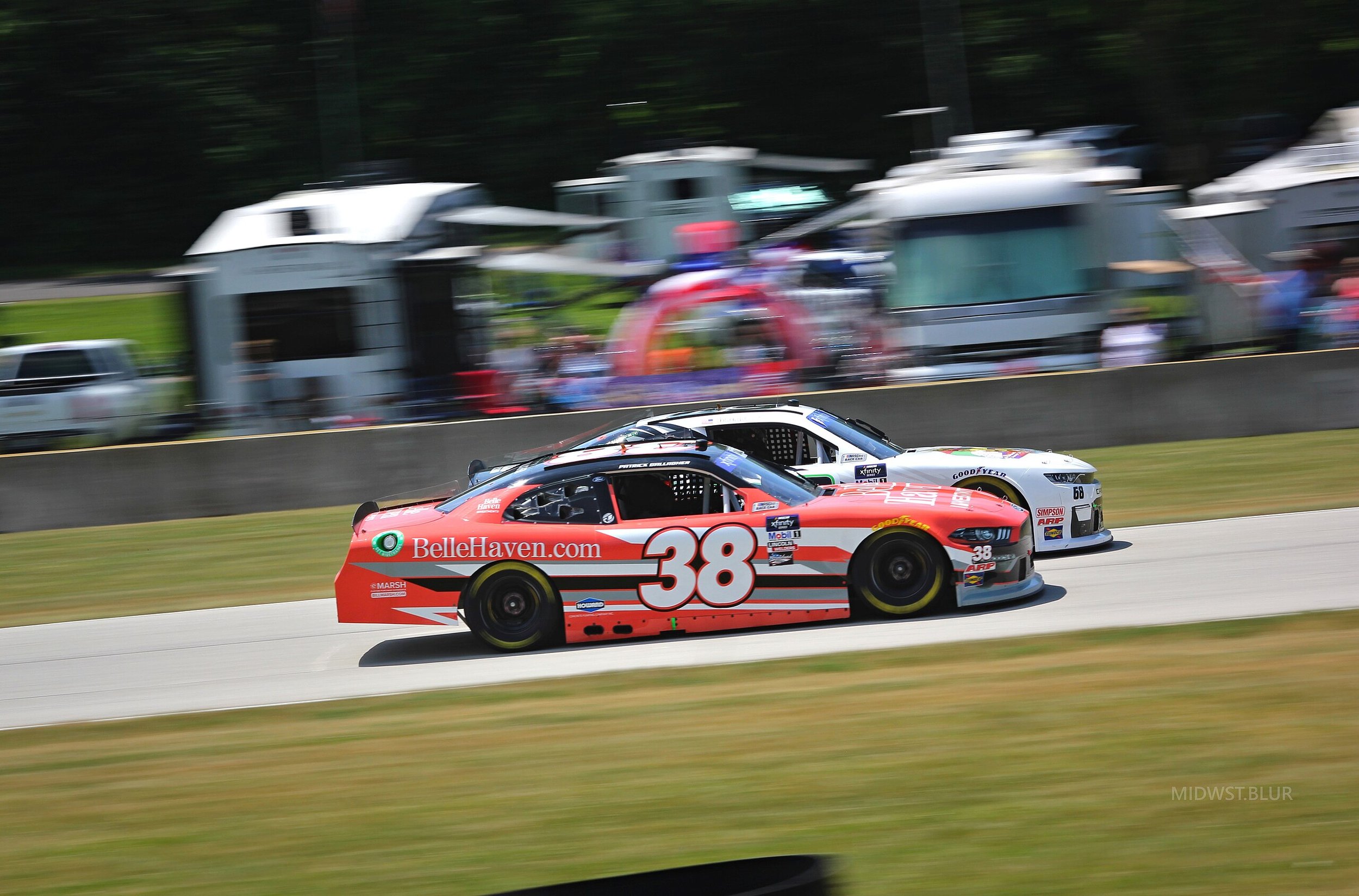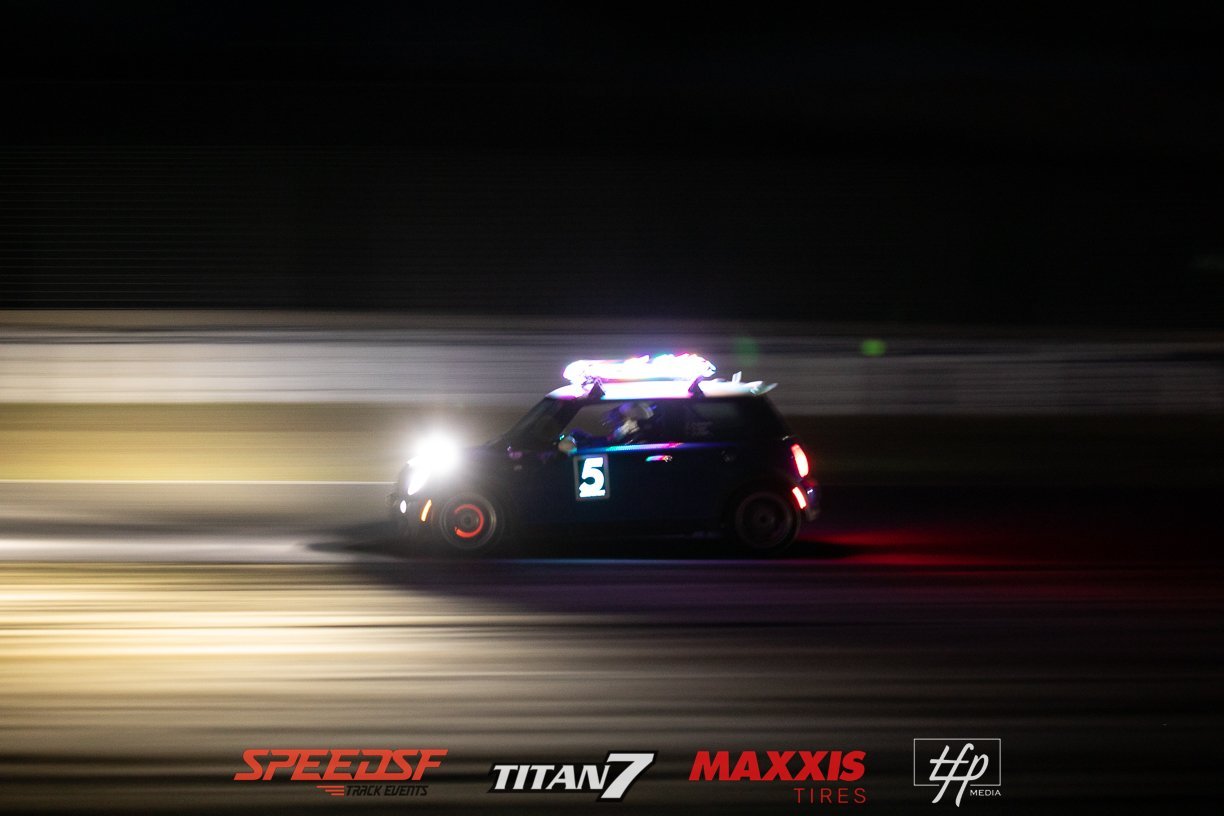
SpeedSF Blog
Every Build Has a Story – Meet the Cars of SpeedSF

Passing Etiquette: Making Space and Saving Face
Passing and braking are the last two things a driver learns to do well. We’ve broken down a series of basic rules to follow to help learn how to make the pass stick and how to do so safely.

Braking Basics Explained: How to Find Time on the Anchors
Learning to slow the car is one of the hardest things to do.
Let’s break off a small piece and build a little confidence on the binders.
